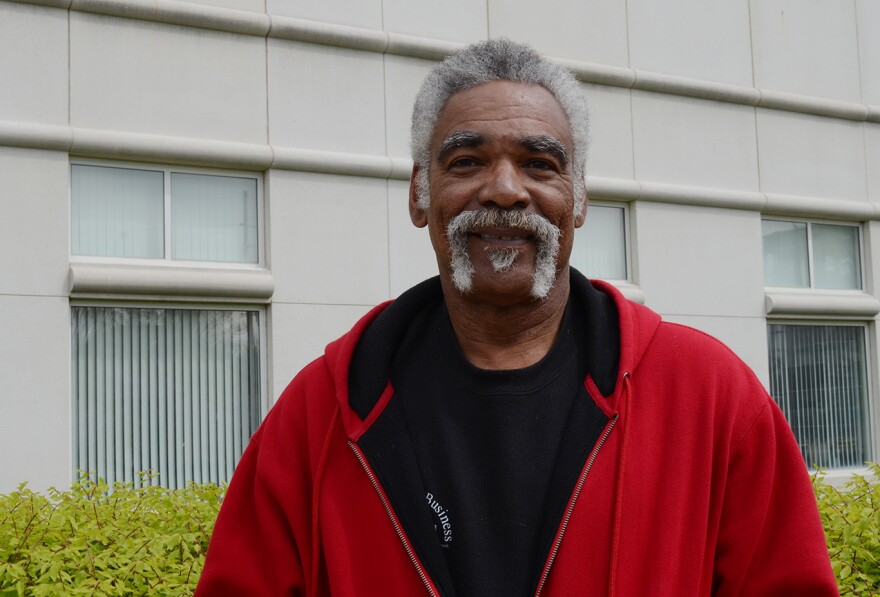Barry Hairston, a Springfield native, was looking at his Social Security form after he retired from 3M and realized he had been paying into the system since he was 17 as a student at Central High School. In high school, Hairston worked at Porter Solo Grocery. However, he actually had work experience before high school.
One of Hairston’s first line of work came in fourth grade doing odd jobs and cleaning at Morelock’s Grocery with his identical twin brother, Larry. Hairston says the butcher Charlie would take him and Larry on deliveries with him and received a dime per order to carry the bags into the houses.
“We were warned not to go to the front door,” Hairston says. “You always went to the backdoor or the side entrance of the house to deliver groceries. And of course that was part of Jim Crow or segregation. It was just a way of life for us. We knew no different. We were told by an adult, ‘Do not go in that front door.’”
Hairston says growing up with segregation was more habitual or conditioned into him. He says he learned survival tactics from his mother and grandparents and his own experiences with racism in Springfield.
“There’s a look that most racist people at that time had--and I can still see it in people today--but when you’re around it you’re able to recognize it,” Hairston says. “And that’s one of the things I could not teach my children. That’s one of the things that they could not understand when I explained it to them, that you can see a racist by looking in their eyes, and therefore, if you’re privy to that information you can avoid them and or go around them.”
Hairston says he had thoughts about leaving Springfield, but he always found steady employment. He worked at the Kraft factory, then the Frisco Railway for 15 years and after that 3M Company until he retired.
“I had a good life here, and it was a good place to raise my children,” Hairston says.
Although, Hairston adds, his own children did experience racism growing up here, but says it wasn’t always outright.
“One of the things I’ve always said is I’ve gone or the longest I usually go living in Springfield is six months before somebody would remind me that I’m black,” Hairston says. “That can be a racial epitaph. It can be not waiting on me or that can be following me around their store, whatever the case might be they would let me know I was black. But it was so enjoyable for those six months to not be racially taunted and to go about my life living it like anybody else would.”
Above, hear the complete interview with Hairston about growing up and working as a minority in Springfield. The conversation was conducted alongside Dr. Lyle Foster and in partnership with The Journey Continues, a project from Missouri State University Sociology professors Foster and Dr. Tim Knapp examining Springfield’s race history.






